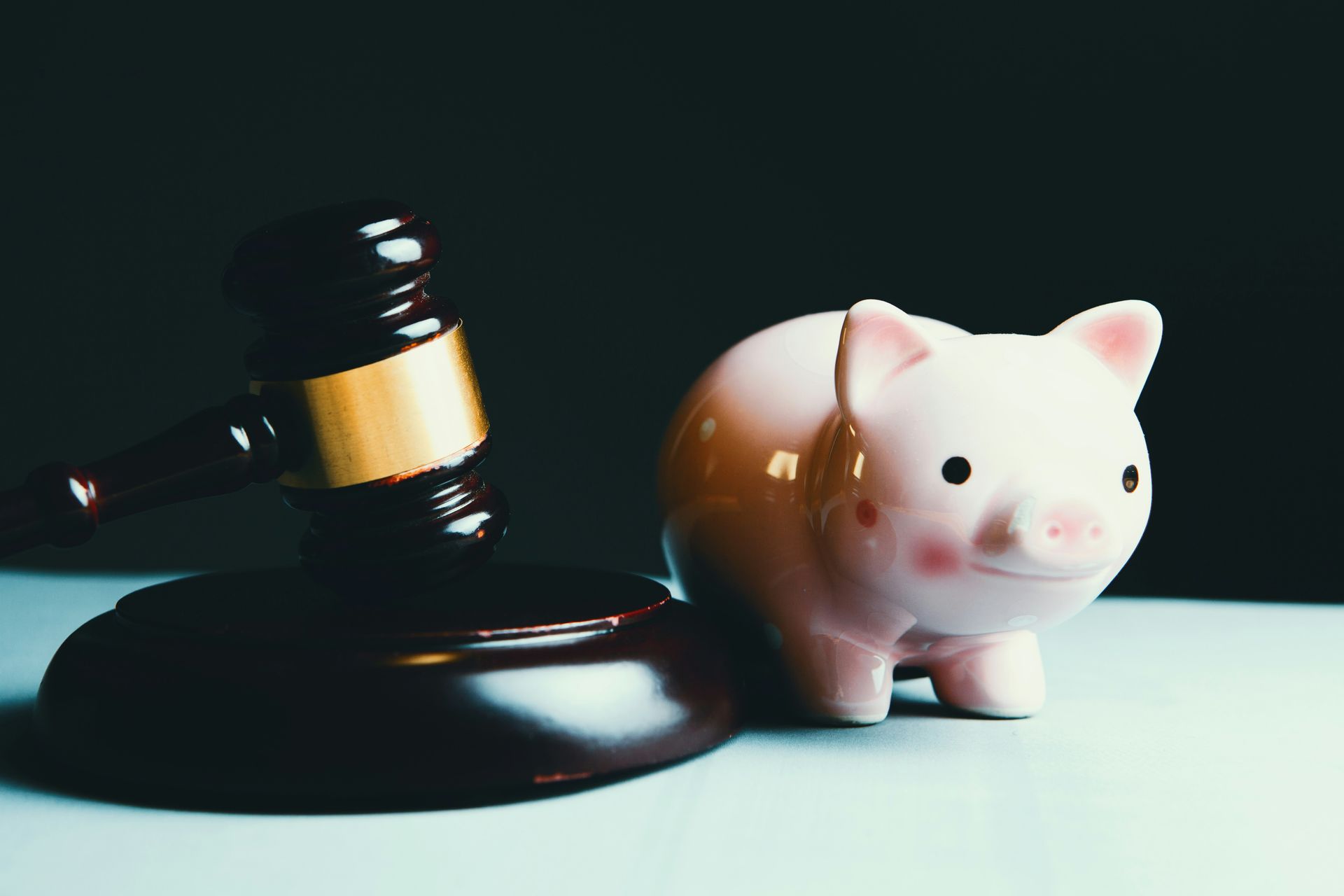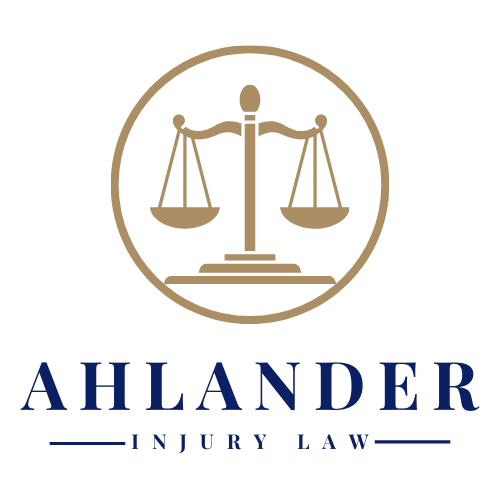Navigating Car Accident Claims: A Comprehensive Guide for Novices
Navigating the aftermath of a car accident involves more than dealing with vehicle repairs and recovery from injuries. It often requires stepping into the world of car accident claims, a domain filled with specific legal terminology that can be challenging for novices to understand. Grasping the meaning of terms like 'liability', 'damages', and 'negligence' is essential for individuals to handle their claims effectively. This guide breaks down complex legal jargon into comprehensible language, empowering those without a legal background to confidently manage their car accident claims.
Understanding Liability in Car Accident Claims
Liability refers to the legal responsibility for the accident and its consequences. Determining who is liable is a critical step in the claims process, as the at-fault party is typically responsible for compensating any losses resulted from the accident. Liability is often established through the evidence gathered from the accident scene, witness statements, and police reports.
Decoding Damages and Compensation
Damages are the monetary compensation claimed by someone who has suffered loss or injury in an accident. These can be classified into two main categories: economic and non-economic damages. Economic damages are quantifiable costs such as medical expenses, lost wages, and property damage. Non-economic damages cover non-quantifiable losses such as pain and suffering, emotional distress, and loss of enjoyment of life.
The Role of Negligence in Accident Claims
Negligence is a legal term used to describe a party's failure to exercise reasonable care, resulting in harm to another person. In car accident claims, proving negligence is necessary to establish liability. This involves demonstrating that the responsible party breached their duty of care, causing the accident and resulting damages.
The Significance of Comparative and Contributory Negligence
Comparative and contributory negligence are doctrines that relate to the allocation of fault and how it affects the claimant's compensation. Comparative negligence allows a damaged party to recover even if they are partially at fault, although their compensation is reduced by their percentage of fault. In contrast, contributory negligence may prevent the injured party from receiving any compensation if they contributed to the accident in any way.
Deciphering the Statute of Limitations
The statute of limitations is the time frame within which a claimant must file a lawsuit after an accident. This period varies by jurisdiction and type of claim but is crucial to observe. Failing to file within the statute of limitations typically bars the claimant from pursuing compensation through the court system.
Insurance Claims vs. Personal Injury Lawsuits
After an accident, victims usually deal with insurance companies before considering a lawsuit. An insurance claim is filed with the insurance company to cover damages. A personal injury lawsuit is a legal action taken in court against the person responsible for the accident when a satisfactory settlement cannot be reached through the claims process.
Understanding Settlements and Litigation
A settlement is an agreement reached between the disputing parties to resolve a claim without going to trial, often involving a monetary payment to the injured party. Litigation is the process of taking legal action in court. While settlements can expedite compensation, litigation may result in a more favorable award but requires a more extended and uncertain process.
Assessing Fault and Police Reports
A police report is an official document created by law enforcement at the scene of an accident. It often includes details about the accident, statements from parties involved, evidence from the scene, and the responding officer's assessment of fault. This report can be instrumental in the claims process and litigation.
Engaging with Claims Adjusters
Claims adjusters are professionals employed by insurance companies to evaluate insurance claims. They inspect the accident evidence, assess damages, and determine the extent of the insurance company's liability. Interacting with claims adjusters is a regular part of the claims process, and understanding their role is crucial for claimants.
Importance of Documentation and Evidence
Proper documentation and evidence are the cornerstones of a successful car accident claim. This encompasses medical records, repair bills, photographs of the scene, and any other pertinent information that supports the claim. Accurate and comprehensive evidence can significantly influence the outcome of both insurance claims and lawsuits.
Legal Representation and Consultation
While some individuals choose to navigate car accident claims independently, legal representation can provide valuable guidance through the process. Consulting with an attorney can help clarify legal terms, rights, and the best course of action based on the circumstances of the accident and the applicable laws.
Car accident claims involve a labyrinth of legal terms and procedures that can be overwhelming for those encountering them for the first time. This comprehensive guide serves to simplify the complex language and concepts that claimants face, enabling them to move forward with more confidence and understanding.
Knowing the ins and outs of liability, damages, negligence, and the role of insurance can equip individuals with the foundational knowledge to seek fair compensation following a car accident. With this understanding, novices to the legal aspects of car accident claims can effectively manage their cases, from filing insurance claims to engaging in settlement negotiations or pursuing litigation.
If navigating car accident claims feels overwhelming, our experienced legal team is here to help. We're committed to ensuring you receive the compensation and support you deserve. Contact us today to get started on the path to recovery.





